

Josh Nevett
2025 Bentley Bentayga review
5 Days Ago

Journalist
The Smart #1 is a new beginning for the brand, and its styling sticks very faithfully to the Concept 1 revealed in 2021.
Changes include the removal of the reverse-hinged rear doors, as well as larger lighting units and wing mirrors, and visible cut outs for the flush-fitting door handles which pop out when they detect a person nearby.
The #1 rides on wheels up to 19 inches in diameter, and retains the concept’s frameless windows.
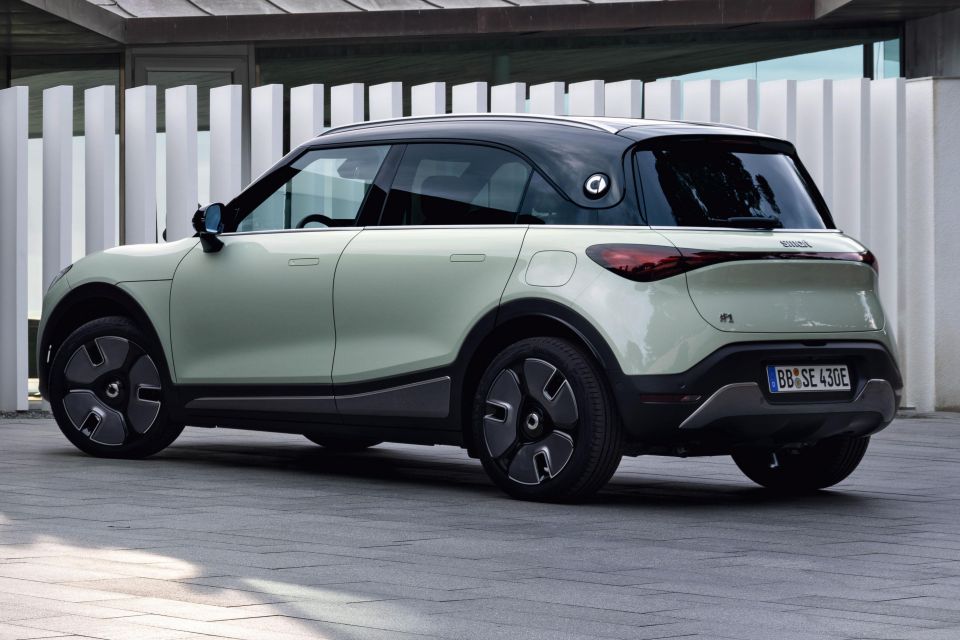
Much of the concept’s interior design has also been carried over into the production vehicle, most notably the tall “floating” centre console.
Ahead of the driver is a 9.2-inch instrumentation screen and a 10.0-inch head-up display, while in the centre of the dashboard is a free-standing 12.8-inch infotainment touchscreen with what seems to be a very cluttered interface.
The rear seats can slide forward up to 150mm, expanding boot space from 273 to 411L in the process. There’s also a frunk, most of which is used to store charging cables, but can be used to carry up to 15L of other items.
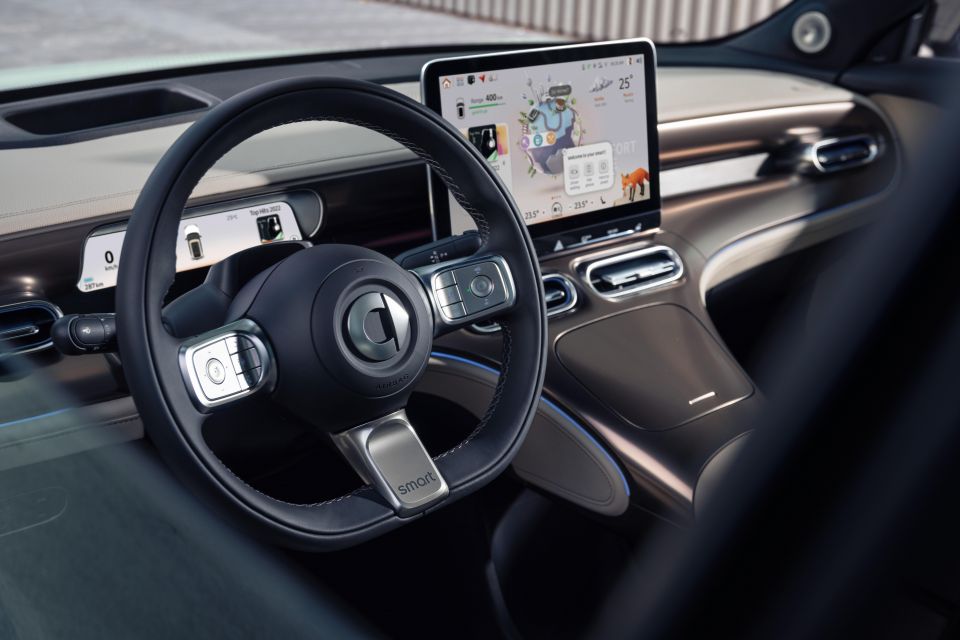
Top-spec models are fitted with a Beats audio system, an interior ambient lighting system with 64 colour choices, a panoramic glass roof, and advanced driver assistance features, including highway and traffic jam assistance.
At launch the Smart #1 will come with one drivetrain featuring an electric motor making 200kW and 343Nm, driving the rear wheels. The company claims the #1 crossover has a top speed of 180km/h.
Equipped with a 66kWh nickel-cobalt-manganese battery, the Smart #1 has a driving range of between 420 and 440km under the WLTP test procedure.
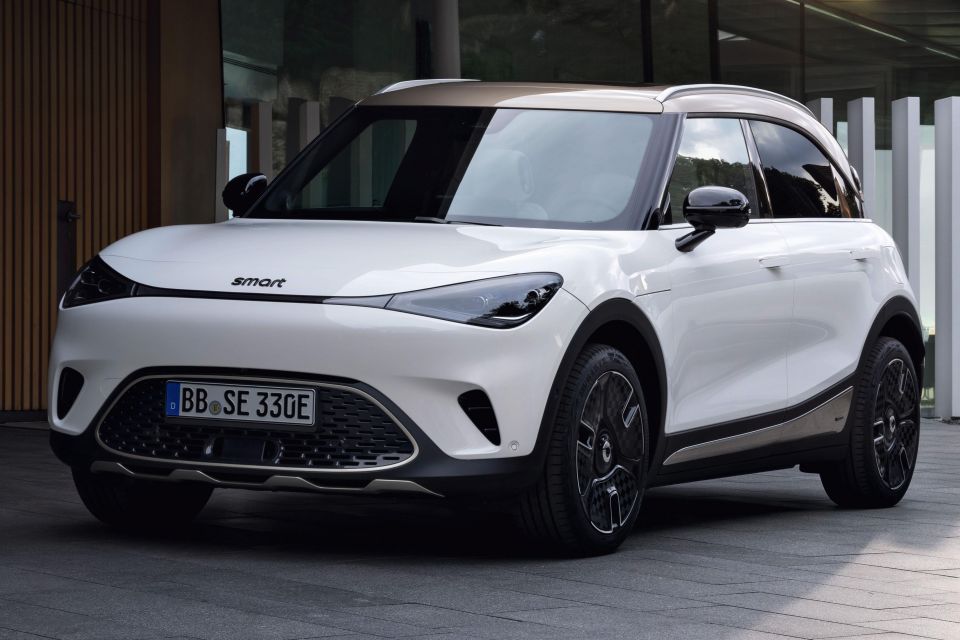

The Smart #1 supports AC charging at up 22kW and DC charging at up to 150kW. The former can top the #1 from 10 per cent up to 80 per cent capacity in around three hours, while the latter can do so in under 30 minutes.
Measuring 4.27m long, 1.82m wide, 1.64m tall, and riding on a 2.75m wheelbase, the #1 is easily the brand’s largest vehicle to date.
The recently discontinued Renault Twingo-based ForFour was a shade under 3.5m long, while the first-generation ForFour, which shared its underpinnings with the contemporary Mitsubishi Colt, was a mighty 3.75m long.
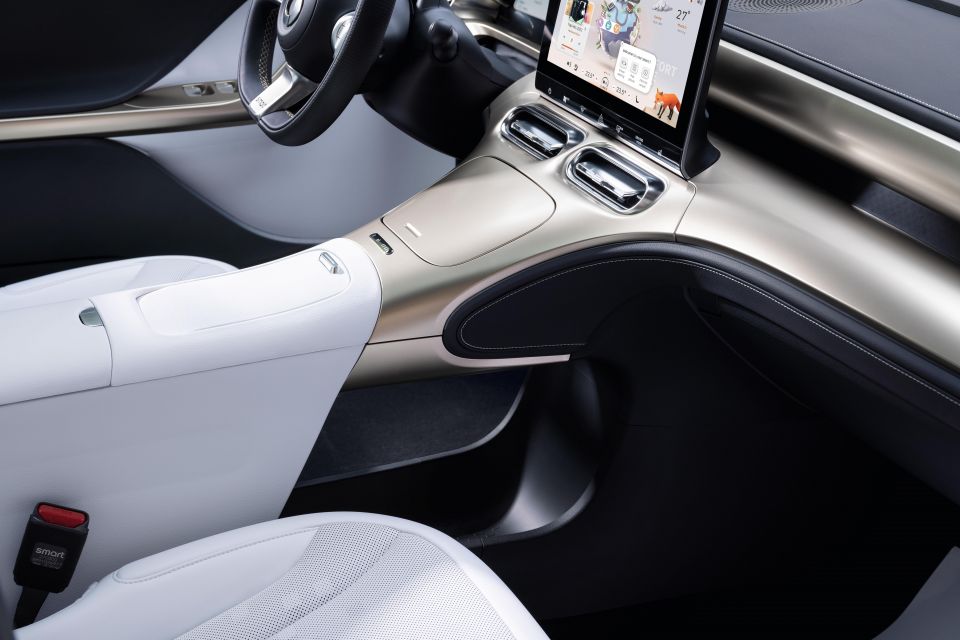
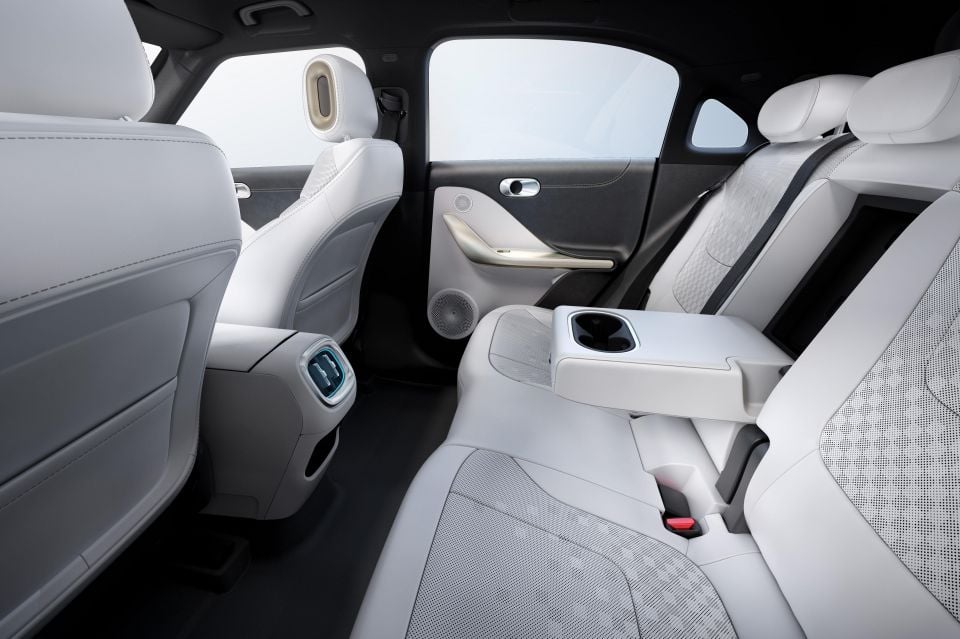
While all previous Smart models were built in Europe – most were made at the brand’s factory in Hambach, France – the #1 and subsequent vehicles will be produced in China.
On sale dates have yet to be announced, but the #1 is expected be available first in China with Europe to follow not long afterwards. Pricing has yet to be confirmed.
Smart left Australia in 2015 before the third-generation ForTwo could be launched locally. It seems unlikely the brand will return to our shores in the near future.
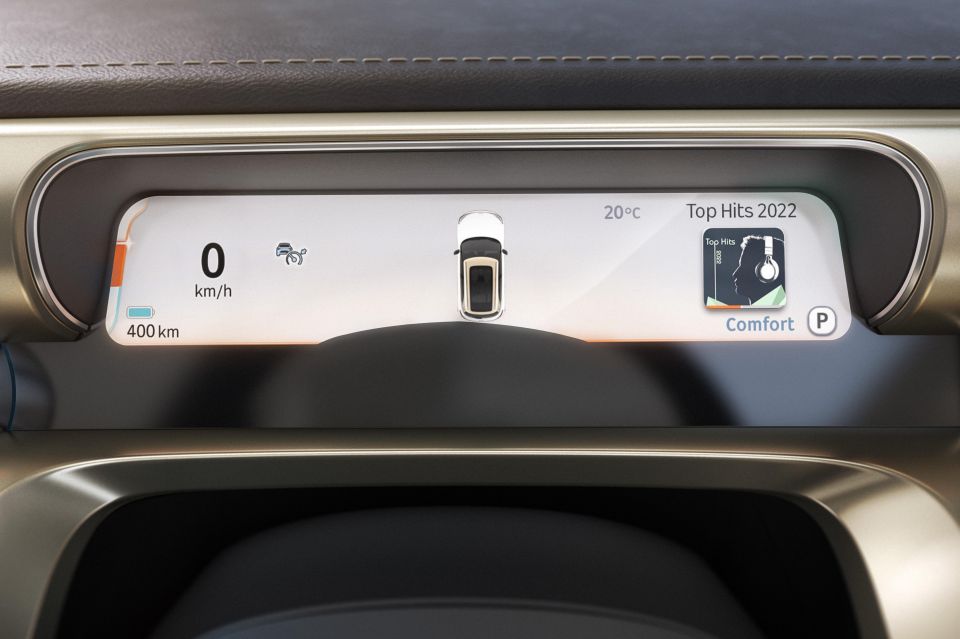
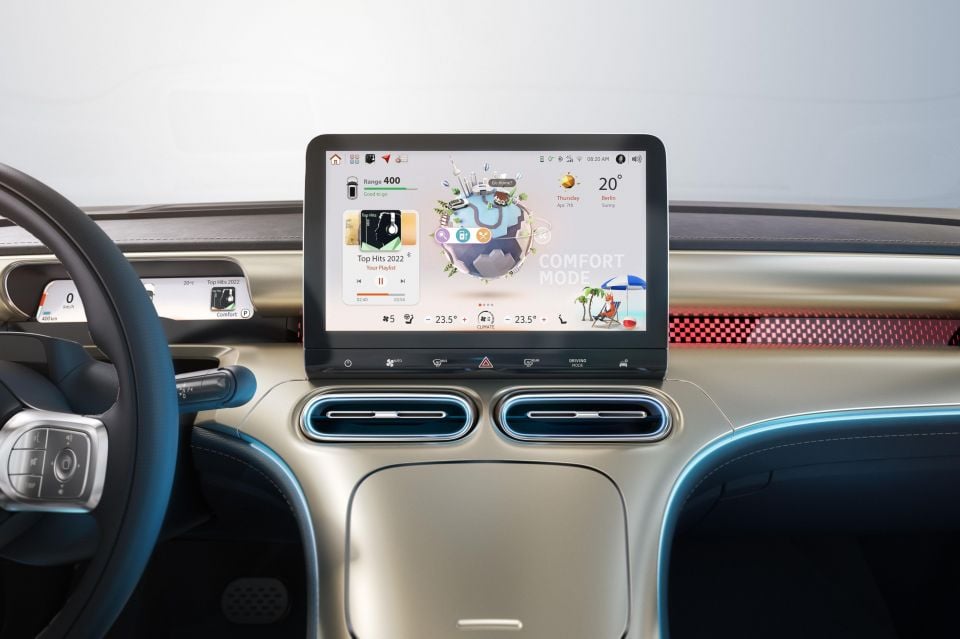
Geely purchased a 50 per cent stake in the Smart brand in 2019. As part of the deal, Mercedes-Benz is responsible for the design of Smart’s next generation of vehicles, with Geely taking care of engineering and production.
Where expert car reviews meet expert car buying – CarExpert gives you trusted advice, personalised service and real savings on your next new car.
Derek Fung would love to tell you about his multiple degrees, but he's too busy writing up some news right now. In his spare time Derek loves chasing automotive rabbits down the hole. Based in New York, New York, Derek loves to travel and is very much a window not an aisle person.


Josh Nevett
5 Days Ago


Andrew Maclean
4 Days Ago


Shane O'Donoghue
4 Days Ago


Anthony Crawford
3 Days Ago


Matt Campbell
2 Days Ago


James Wong
23 Hours Ago